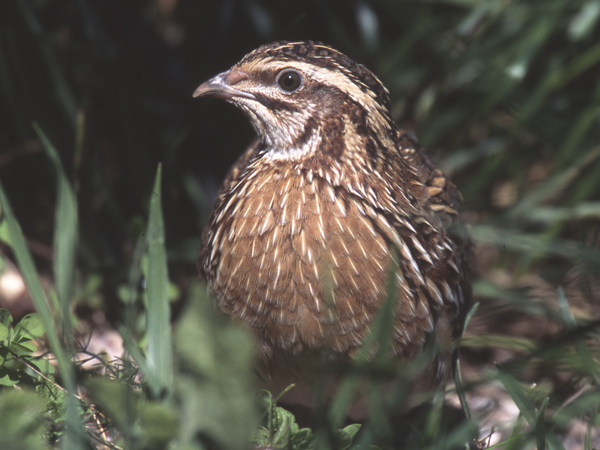Kisses, bats and clubs converted into card games
- If we could play with cards instead of card games starring lions, camels, khaki and sharks, where the badger, the lizard, the cricket, the salmon appear...? Instead of the creatures of savannas and rainforests, did we have in the cards animals and plants of the marshes, rivers and parks of our environment? Thinking and doing: playing, the cards they have drawn in Hondarribia are a good opportunity to internalize the species and ecosystems of the area.
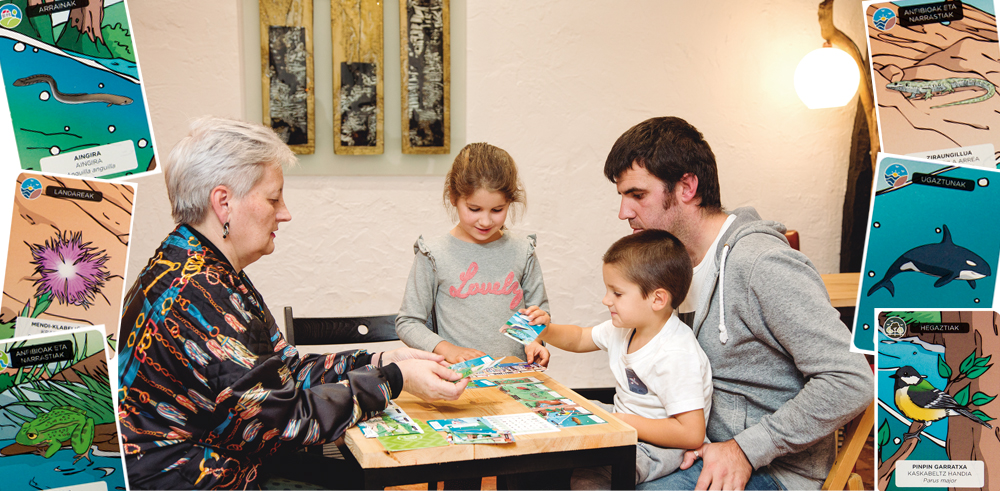
It's not a new topic in ARGIA. Children and adults have more knowledge of faraway animals than native animals, and it's hard for us to name the most common plants around us. We have moved away from nature, we have urbanized, the transmission of the environment has fallen from generation to generation… and through books, series, dolls and children’s games, the species that enter the house are the ones that do not realize.
However, it is a game created by the Arma Plaza Foundation, in charge of transmitting the heritage of Hondarribia, through the City Hall. These are six families of letters representing six ecosystems or habitats: the sea and the cliff, the marsh, rivers and streams, the rural environment, the forest and cities and parks. Within each family, six cards representing a being: mammal, amphibian or reptile, fish, bird, invertebrate and plant. Everyone here, some more well-known, others not so much, others threatened… And when we say here we don’t just talk about Hondarribia: These are species that can be found in almost every corner of the Basque Country. In fact, many of the beings on the cards are also found in other countries of Europe. The protagonists of these letters are, for example, the orca, the otter, the sapo runner, the snake with tie, the circus, the platucha, the eel, the trout, the yellow tail, the carnaba, the large carbonero, the carracón, the clavel, the chipa, the ivy… They have also included a seventh family in the cards, which can be attractive and close: Hondarribia giants.
These are species that can be found in almost every corner of the Basque Country. Orca, nutria, snake with tie, plum, platja, eel, trout, yellow potter, carnaba, carbonero grande, carraca, chinillo, clavel, chipa, yedra…
Among other things, the game aims to show the diversity of ecosystems, fauna and flora of our environment, “because the richness of the area is large, and discovering the numerous ecosystems, we internalize that all ecosystems are important, from the marshes to the parks of the city, where there is life. Sometimes it seems to us that forests are very important for the environment and there are them, but there does not end the nature that needs to be protected and cared for; we are surrounded”, says Iñaki Sanz Azkue. He has collaborated from the environmental point of view in the project, while the pedagogical area has been addressed by Lore Errondo. As Olite explains, linguistic ecology is also one of the objectives of the game. Thus, the denominations of the beings of the cards are given in three ways: In the variant of Hondarribia, in unified Basque and in the corresponding scientific name. “We have realized that, in the linguistic aspect of the people, names are often derived from onomatopathies, for example, from the sound made by the birds themselves: Ttirrittarratta is used to denominate the charretada hankabeltza, to say the normal sorbeltz intersection or to express the ttirritta kilker.”
Despite the fact that the result is simple, the interlocutors have emphasised that there is a lot of work behind us, that the least nuance and detail has been taken into account. “We’ve gone crazy to the illustrator, ha, ha. We have drawn the marsh from the photos of the back of Jaizkibel, reproducing concrete colors; we have put the great tool in the space between the marsh and the river, no further or further; we have asked the clover leaf to paint the white… We have been rigorous because we wanted realistic illustrations.” The DIBUJANTE was the work of Eñaut Aiartzaguena.
Knowledge, memory, speed, attention They propose
four sets of cards. On the one hand, the smaller ones can make puzzles, because if the cards of the same family are put together, the puzzle of a particular ecosystem is formed. On the other hand, you can play the classic family game. You can also make a memory game: in some larger cards different combinations have been formed (for example, a fish, a plant, a invertebrate… in the same card); take it, analyze it for a while, then turn the letter and see how many beings we can remember. Finally, they propose a game of attention and speed: if the combined letters go to the center and a creature of the letter itself is repeated, it is said “kapen” and you can acquire that letter in order to collect as many cards as possible. The word "Kape" in Hondarribia means "head to sea."
The idea is to distribute the cards in the local schools and put them for sale through the Arma Plaza Foundation, as according to the interlocutors they are a good excuse to deepen the theme from the game and to work the species and ecosystems both at school and at home. In any case, Olondo and Sanz are clear that the best way to bring local heritage closer to children is to encourage them to observe nature, and for this it is the adults who accompany them in the first years.
PP, Vox, Junts eta EAJren botoekin Espainiako Kongresuak onartu du otsoa espezie babestuen zerrendatik ateratzea eta, horren ondorioz, berriz ehizatu ahal izango dute Duero ibaitik iparrera.
Antxoa, bokarta edo albokartia, gure arrain komertzialen artean txikiena, euskal kostaldera hurbildu da.
Magnoliak eleganteak dira. Dotoreak. Anddereak. Pontxoak. Apainak. Pimentak. Gurbilak. Ponposak, ponpoxearrenak. Ortiroak. Ia-ia fazazkoak, kriket eta kraket. Ez naiz harritzen, beren loraldien azpian lurrarekin urtzerainoko handitasunaren menpeko sentitzen naiz urtero.
Herriko EH Bilduko zinegotzi eta legebiltzarkide den Ander Goikoetxeak egindako galdera parlamentario bati Jaurlaritzak emandako erantzunaren bidez jaso informazioa hau. Bi haize sorgailu ezartzeko asmoa dago eta Cluster Hernani izeneko proiektu zabalago baten barruan kokatzen... [+]
Eskola inguruko natur guneak aztertu dituzte Hernaniko Lehen Hezkuntzako bost ikastetxeetako ikasleek. Helburua, bikoitza: klima larrialdiari aurre egiteko eremu horiek identifikatu eta kontserbatzea batetik, eta hezkuntzarako erabiltzea, bestetik. Eskola bakoitzak natur eremu... [+]
Katalanen ustetan artzainak engainatzen omen ditu hegazti honek: “enganyapastors”. Espainiar eta latindarrek, aldiz, ahuntzari esnea kentzen diola diote, hortik datorkio hain zuzen ere izen zientifikoan (Caprimulgus europaeus) islatzen den caprimulgus (capra... [+]
Andeetako Altiplanoan, qocha deituriko aintzirak sortzen hasi dira inken antzinako teknikak erabilita, aldaketa klimatikoari eta sikateei aurre egiteko. Ura “erein eta uztatzea” esaten diote: ura lurrean infiltratzen da eta horrek bizia ekartzen dio inguruari. Peruko... [+]
Mendizale batek asteburuan ikusi du animalia Lapurdiko Azkaine herrian, eta otsoa dela baieztatu du Pirinio Atlantikoetako Prefeturak. ELB lurraldean "harraparien presentziaren kontra" agertu da.
Biologian doktorea, CESIC Zientzia Ikerketen Kontseilu Nagusiko ikerlaria eta Madrilgo Rey Juan Carlos unibertsitateko irakaslea, Fernando Valladares (Mar del Plata, 1965) klima aldaketa eta ingurumen gaietan Espainiako Estatuko ahots kritiko ezagunenetako bat da. Urteak... [+]
Nola azaldu 10-12 urteko ikasleei bioaniztasunaren galerak eta klima aldaketaren ondorioek duten larritasuna, “ez dago ezer egiterik” ideia alboratu eta planetaren alde elkarrekin zer egin dezakegun gogoetatzeko? Fernando Valladares biologoak hainbat gako eman dizkie... [+]
Nekazal eremu lehor baten erdian ageri da putzua. Txikia da tamainaz, eta ez oso sakona. Egunak dira euririk egiten ez duela, baina oasi txiki honek oraindik ere aurretik bildutako urari eusten dio. Gauak eremua irentsi du eta isiltasunaren erdian kantu bakarti bat entzun da... [+]
Eskoziako Lur Garaietara otsoak itzularazteak basoak bere onera ekartzen lagunduko lukeela adierazi dute Leeds unibertsitateko ikertzaileek.. Horrek, era berean, klima-larrialdiari aurre egiteko balioko lukeela baieztatu dute, basoek atmosferako karbono-dioxidoa xurgatuko... [+]









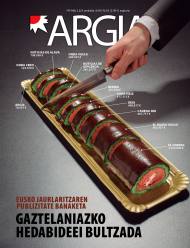


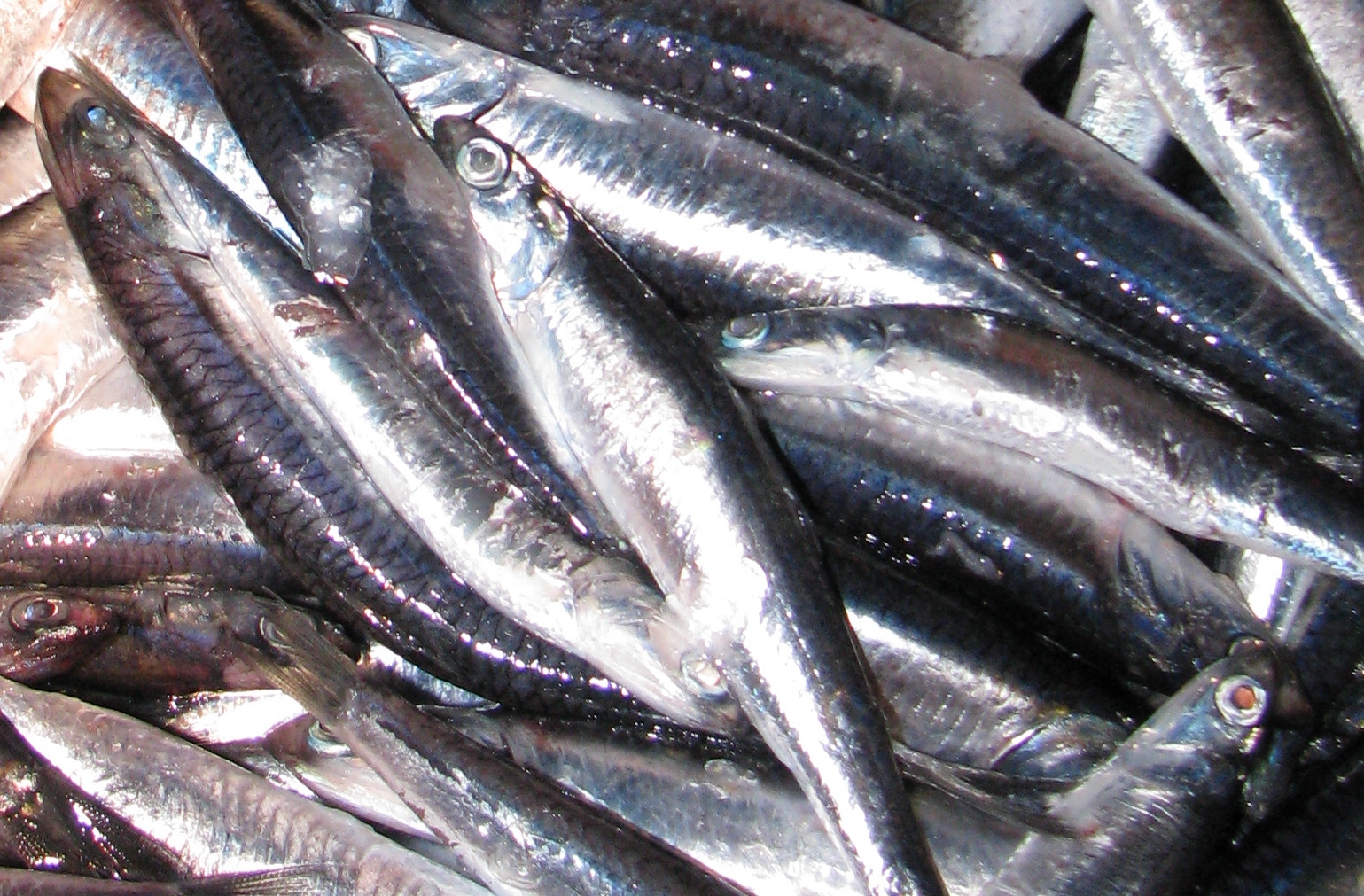
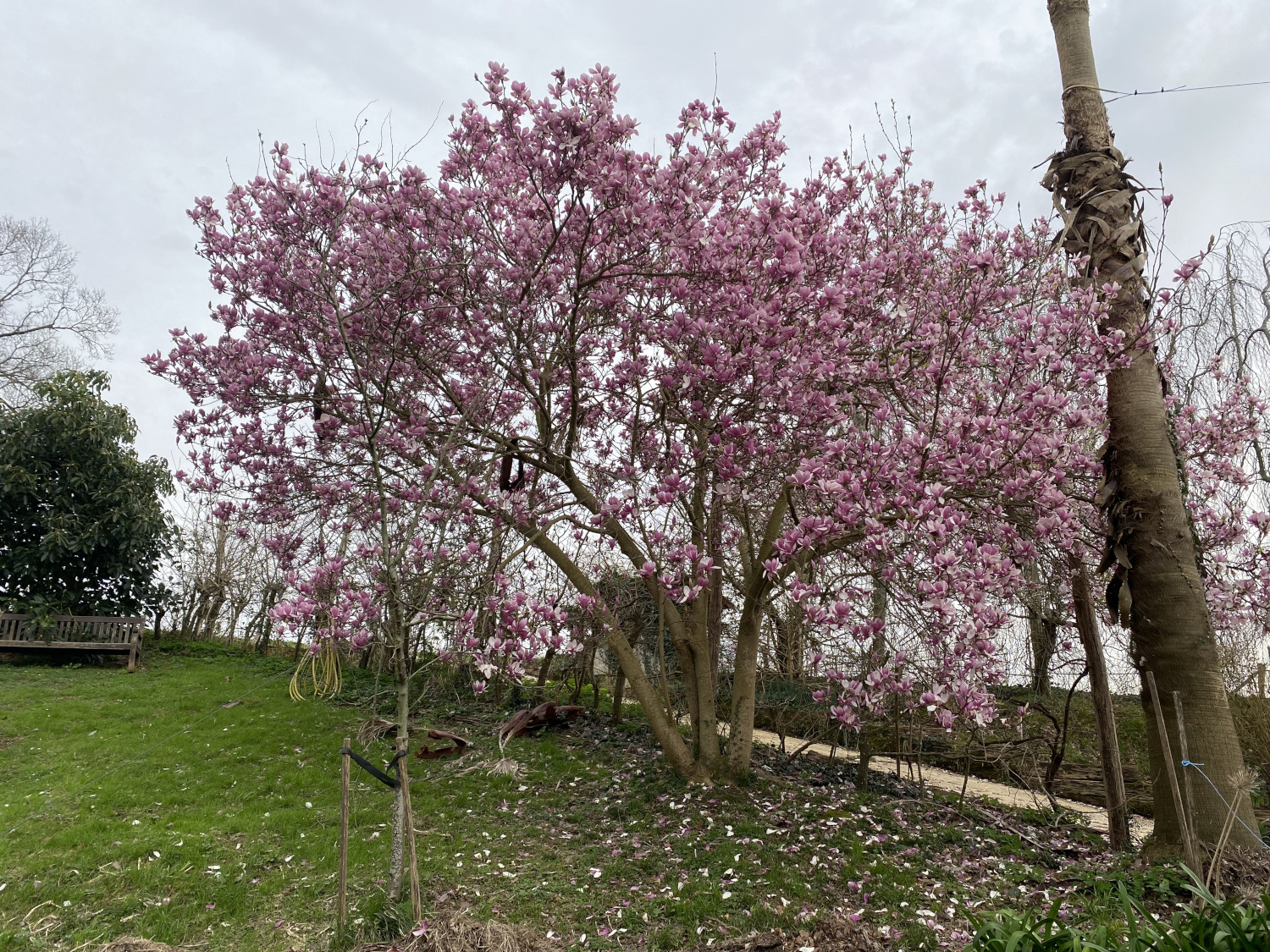


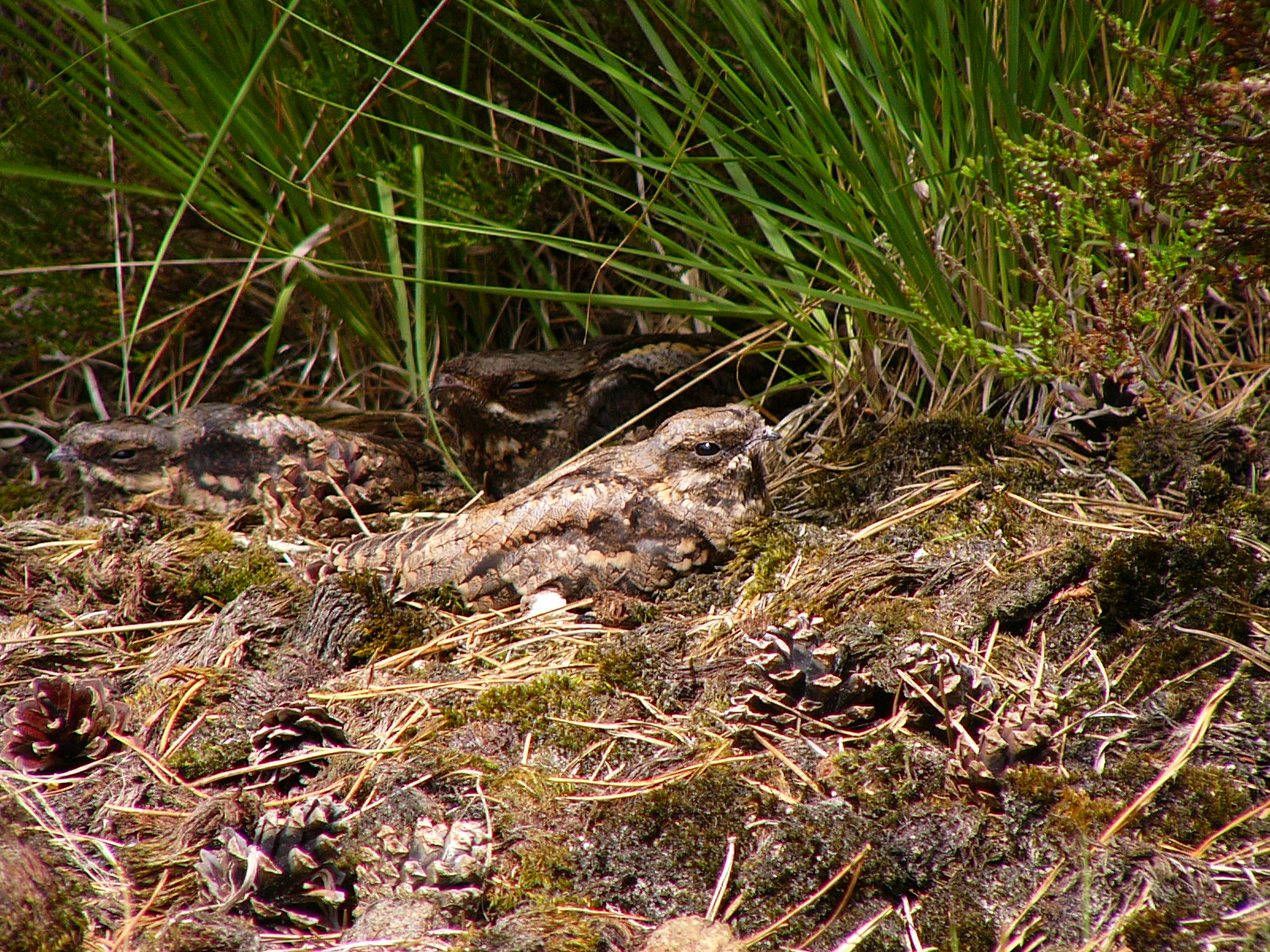


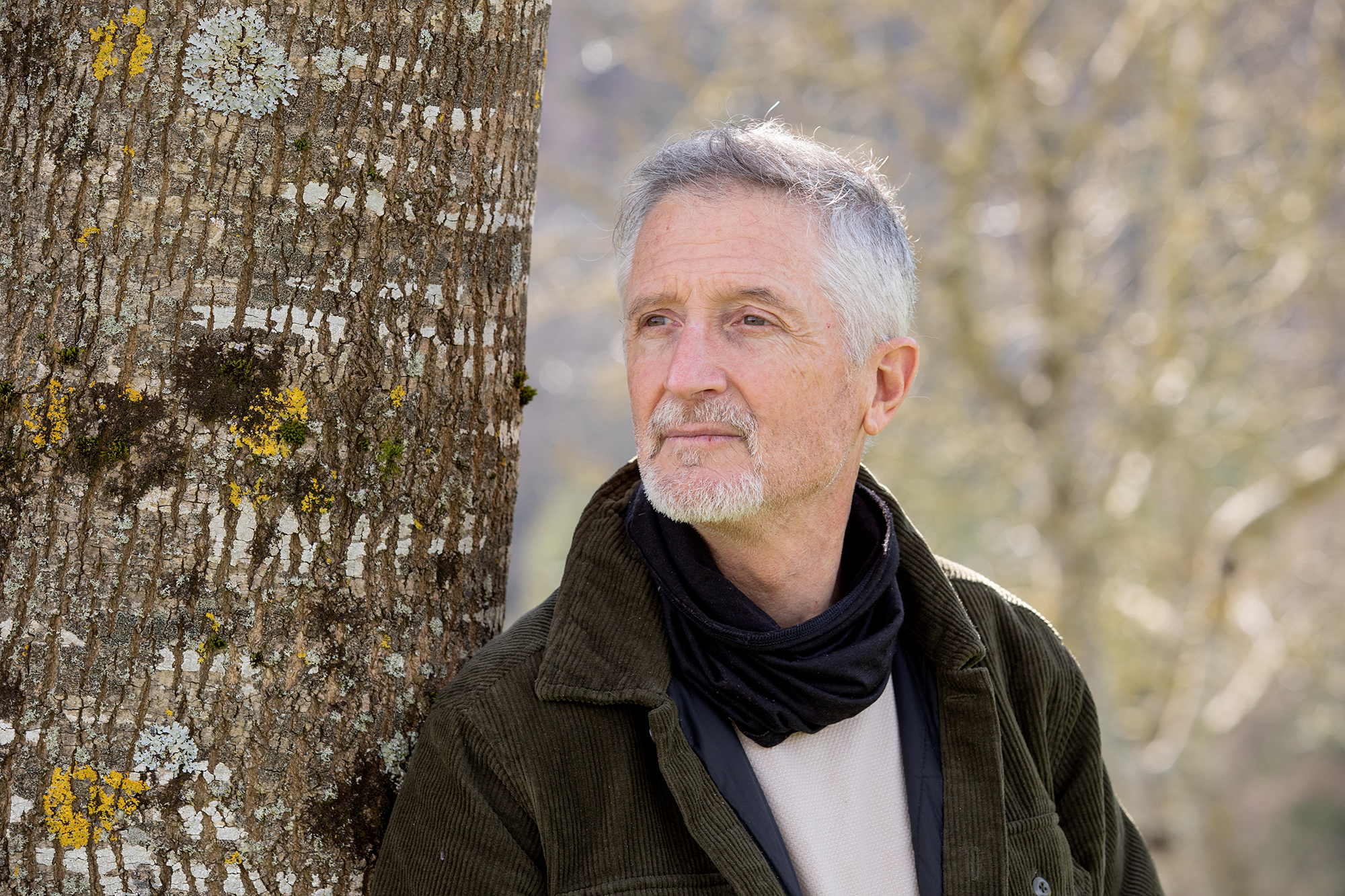

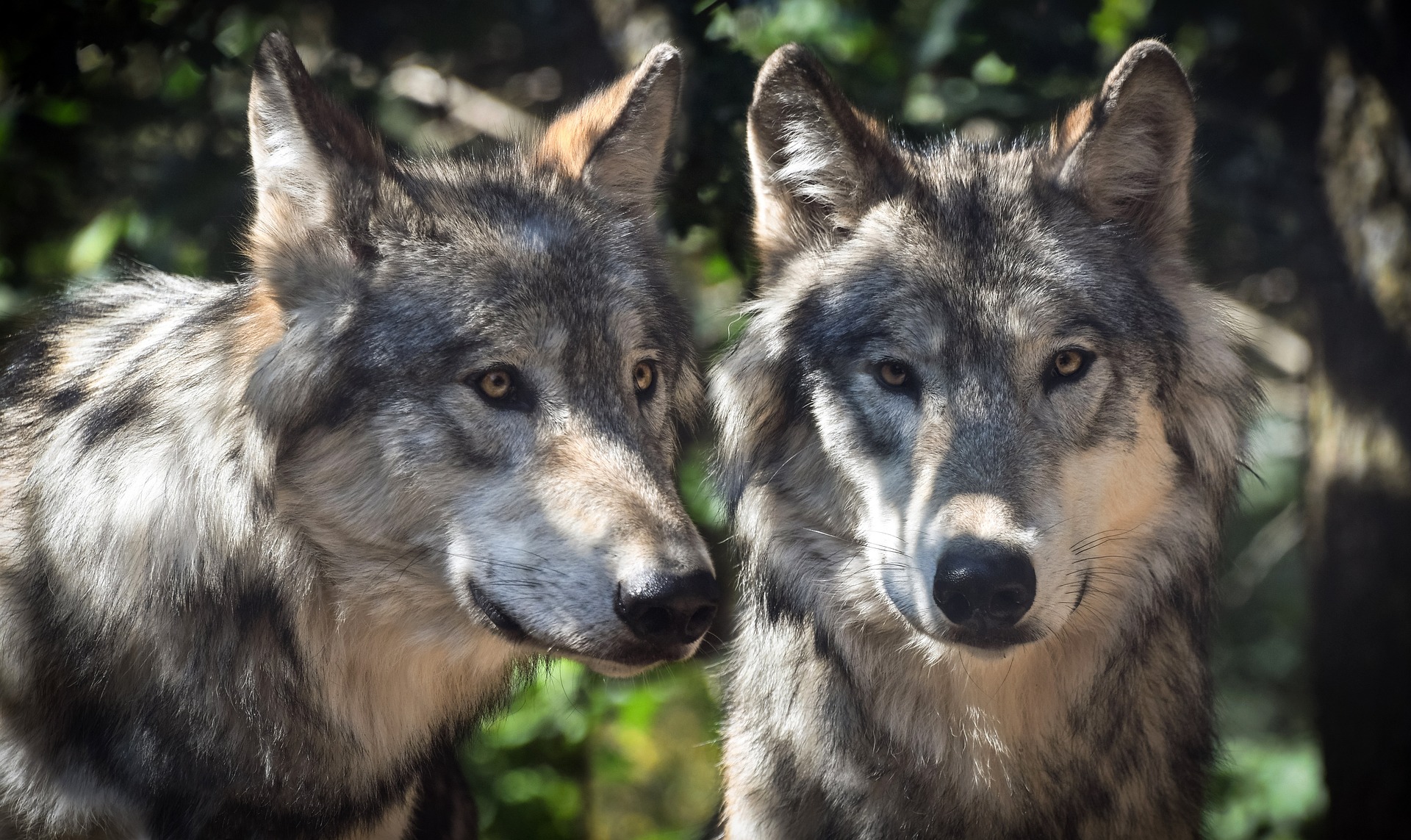
_Glaciar.png)
